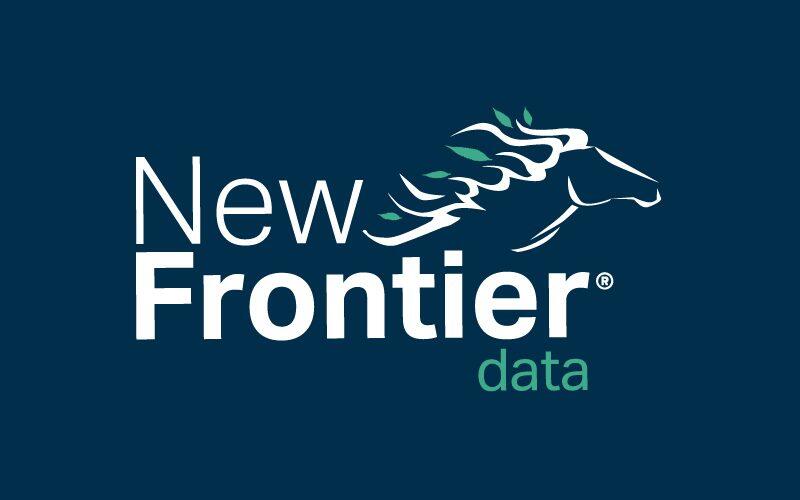Humboldt Once Again King of California’s Cultivating Counties

California Cannabis Cultivation Licensing Update
May 3, 2020
After Six Years, Colorado’s Legal Cannabis Market Proves Demand, Reflects Maturing Preferences
May 10, 2020By John Kagia, Chief Knowledge Officer, New Frontier Data
While a review of California’s latest licensing activity for cannabis cultivation reveals the state’s continued market evolution, one truism has been restored: Humboldt’s return as king. After briefly ceding its primacy to Santa Barbara County late last year, Humboldt has re-established its place as the state’s top legal growers’ market.
Indeed, the Emerald Triangle (i.e., Humboldt, along with Mendocino and Trinity counties) now accounts for nearly half (47%) of all licenses issued in the state.
Additionally, optimization of light use continues to drive operational decisions, with nearly half (45%) growing in mixed-light greenhouses, and 41% growing fully outdoors. The growth in mixed-light facilities (i.e., greenhouses using supplemental lighting) reflects twin benefits in using the sun as the primary light source, while exercising all the environmental controls made possible within an enclosed greenhouse environment.
With the growing bifurcation in consumer demand defined between smokable flower and value-added extracted products (e.g., concentrates, vapes, edibles, etc.), New Frontier Data anticipates those growers producing smokable flower to increasingly trend toward mixed-light production, while those producing for extraction will shift toward lower-cost outdoor production.
The data also reveals a continued emergence among mega-license holders. The five largest license holders now hold 10% among more than 5,000 licenses issued in the state, while the 20 largest companies account for nearly one-fifth (18%) of all 913 issued licenses. Conversely, 98% of all the state’s companies hold fewer than 10 licenses, with three-quarters (74%) of those holding but one.
Given the economies of scale to be achieved among multi-license holders, small single-operation growers among the majority of the market must work aggressively to differentiate their brands and develop effective strategies to secure their respective positions in an increasingly competitive market. Further, with three years until the state eliminates size limits for grows, producers must prepare for the impacts of new mega-producers on wholesale pricing and competition for retail shelf space.
Efforts to provide for a future including small growers in Norther California had been well underway before the coronavirus pandemic’s chaotic uncertainty. While consumer demand for cannabis generally remained strong during the first few weeks of the pandemic, government orders for sheltering in place subsequently began impacting employee availability just as supply-chain disruptions impacted access to key operational inputs.
The key concern in California may ultimately prove to be the effects of an extended economic contraction on consumer spending. With Californians subject to some of the country’s comparatively highest legal cannabis tax rates, and the nation’s most entrenched illicit market, consumers facing financial hardship may begin to eschew the higher-cost products in the Golden State’s legal market for lower-cost options offered by illicit sellers. While the full impact of a recession on California’s cannabis consumer spending remains to be determined, brands must begin to think creatively about ways to build loyalty and incentivize legal market spending (e.g., product bundling, volume purchase discounts, friends’ referral incentives, and loyalty programs) to minimize legal market attrition.




